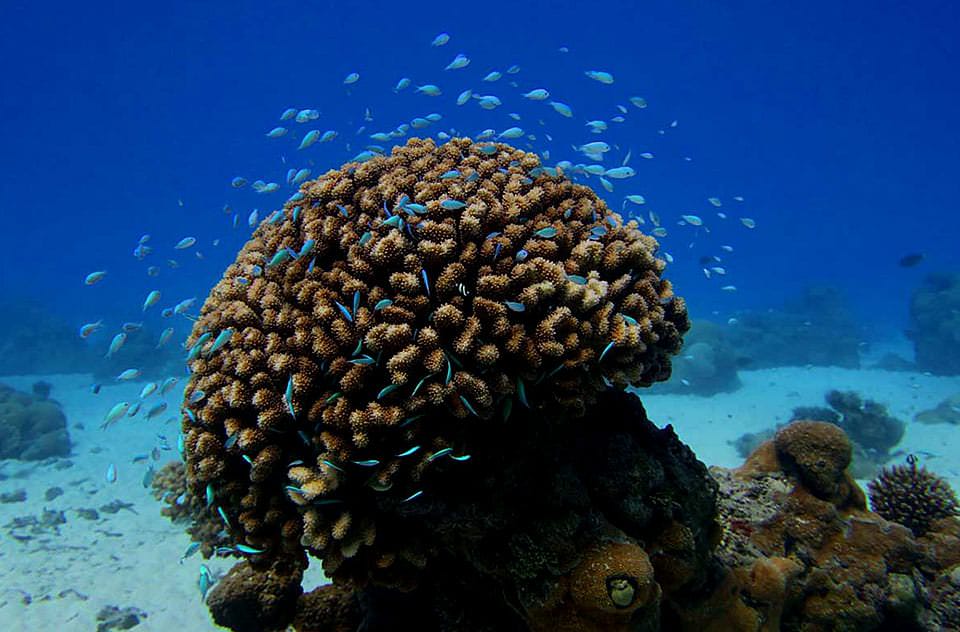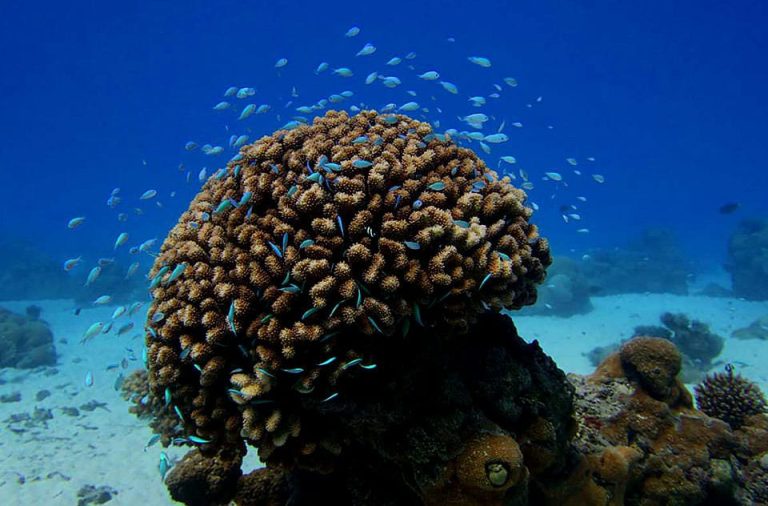
Corals are sessile animals that “take root” to the ocean floor, so it's no wonder that many people think of them as plants.
Did you know that?
When corals become stressed by changes in conditions such as temperature, light or nutrients, they expel the symbiotic algae that live in their tissues and turn completely white. When corals bleach, they are not dead. Corals can survive a bleaching event, but they will become more stressed and may die. Coral bleaching is of particular concern today as the climate changes and temperatures rise.
Corals are sessile, meaning they are permanently attached to the sea floor and essentially “rooted” like most plants. Unlike most other animals, corals can never be identified by their faces or other distinctive parts of their bodies.
So what exactly is coral?
Corals are actually part of a unique and ancient partnership called symbiosis, which benefits both marine animals and plants. However, corals are animals because they don't make their own food like plants do. Corals have tiny tentacle-like arms that they use to grab food from the water and suck it into their mysterious mouths.
Most of the structures we call “coral” are actually made up of hundreds or thousands of tiny coral organisms called polyps. Each soft-bodied polyp (most no thicker than a nickel) secretes a hard exoskeleton of limestone (calcium carbonate) that attaches itself to rocks or to the dead skeletons of other polyps.
In the case of stony or hard corals, these polyp aggregates grow, die, and repeat the cycle endlessly over time, slowly building up the limestone foundation of the reef and the familiar coral forms that live there. This cycle of growth, death, and regeneration among individual polyps allows many coral colonies to live for very long periods of time.
Most corals contain algae called zooxanthellae (pronounced “zo-UH-zan-thuh-lay”), which are plant-like organisms. The microscopic algae that live within the coral's tissues are well protected and use the coral's metabolic waste products for photosynthesis, the process by which plants make their own food.
Corals also benefit because the algae produce oxygen, remove waste products and provide the organic products of photosynthesis that corals need to grow, thrive and form reefs.
This interaction is not just an ingenious partnership between tiny marine animals and plants that has continued for some 25 million years, but also the reason why coral reefs are the largest living structures on Earth, rivaling primary forests in ecosystem longevity.

